“H is For Hope” sounded a bit better than “D is For Despair”: Interview with Elizabeth Kolbert about climate change
By Dan Drollette Jr | July 15, 2024
Artist Mona Caron’s WEEDS project specializes in painting giant murals of unloved plants—like the dandelion seen here on the side of a 12-story city building in Gothenburg, Sweden. Caron says that she finds weeds inspiring: They are stubborn and resilient, never giving up but always finding the smallest crack in a world of concrete to reach for the sun. Image courtesy of Mona Caron, used with permission. https://monacaron.com/
“H is For Hope” sounded a bit better than “D is For Despair”: Interview with Elizabeth Kolbert about climate change
By Dan Drollette Jr | July 15, 2024
Loading...
Together, we make the world safer.
The Bulletin elevates expert voices above the noise. But as an independent nonprofit organization, our operations depend on the support of readers like you. Help us continue to deliver quality journalism that holds leaders accountable. Your support of our work at any level is important. In return, we promise our coverage will be understandable, influential, vigilant, solution-oriented, and fair-minded. Together we can make a difference.
Keywords: 2024 election, Antarctica, climate crisis, fossil fuel, global warming, melting, renewables
Topics: Climate Change



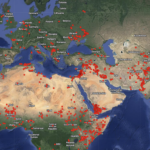




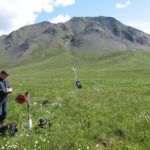
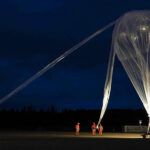
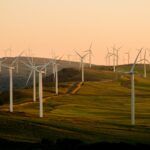

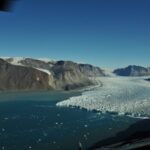









Excellent. This article touches so much that has been concerning me, especially throwing technology of increasing complexity, cost, and downright weirdness at the problem as a means of avoiding dealing with what is the clear cause: fossil fuels and related quick profit economic activities. I’ve noted a great deal of the money backing these techno showcase Hail Marys comes from the underlying economic activities that are the root cause of the problem. Good for PR. This worked as long as the time of disaster was beyond the life expectancy of the perpetrators. Now that time has run out. In the… Read more »